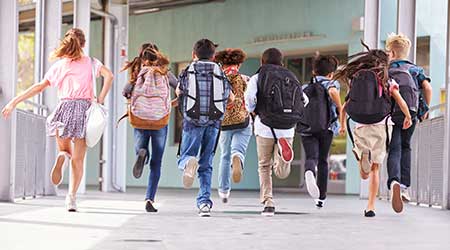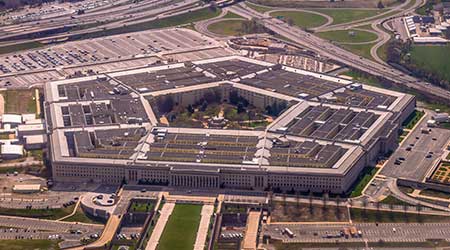
Reopening K-12 Schools Face Funding Woes
July 14, 2020
Where do facilities rank as a spending priority for the nation’s K-12 school districts? In any other year, finding an answer to this question would include a vigorous debate on deferred maintenance and the need to shore up the aging stock of public schools after decades of neglecting needed repairs and upgrades.
2020 is a different year, thanks to the coronavirus. Deferred maintenance considerations now take a backseat to frantic financial discussions about ways districts will pay for the changes needed to safely and effectively reopen schools students and faculty in just two months. The discussions are forcing managers to rethink their plans and priorities for facilities.
Funding the needed changes is a complex task that is becoming a “big mess,” according to The New York Times. As economically strapped parents push for school to open, local education officials say they are crushed by the costs of getting students and teachers back in classrooms safely. Administrators are already struggling with logistical and financial challenges of retrofitting buildings, adding staff and protective gear, and providing students with the academic and emotional support. The federal relief package passed in March dedicated $13.5 billion to K-12 education. But education groups estimate schools will need many times that, and with many local and state budgets already depleted by the economic impact of the coronavirus, it is unclear where it will come from.
Many facility managers and other district officials face huge budget cuts because of the impact of the coronavirus and lockdown on state and local tax revenues.
“The possibility of a 20 percent budget reduction in the business world would be an all-hands-on-deck crisis moment—massive cuts would be on the horizon to remain fiscally viable,” according to Forbes. “The feeling is much the same in K-12 education … There’s a clear solution for these ailing budgets: dramatically increase federal spending on education. One version of this, contained in the second coronavirus stimulus bill, has already passed in the House of Representatives. The bill proposes sending more than $58 billion to local districts to shore up the budget gaps.”
U.S. education is a decentralized operation, so even without a clear understanding of available funds, each state is developing plans based on regional conditions, according to NBC News. In Florida, schools are slated to reopen at full capacity, even as coronavirus cases in the state spike. Florida students can continue remote learning instead of coming back in-person if they have health concerns. California school officials anticipate a hybrid model combining face-to-face learning and remote learning so fewer children will be in a building at one time, making it easier to practice social distancing. New York City, with 1.1 million students, plans to reopen with social-distancing guidelines, although there are no details on what that means for staggering students' schedules or finding extra teaching spaces.
Dan Hounsell is editor of Facility Maintenance Decisions.
Next
Read next on FacilitiesNet












